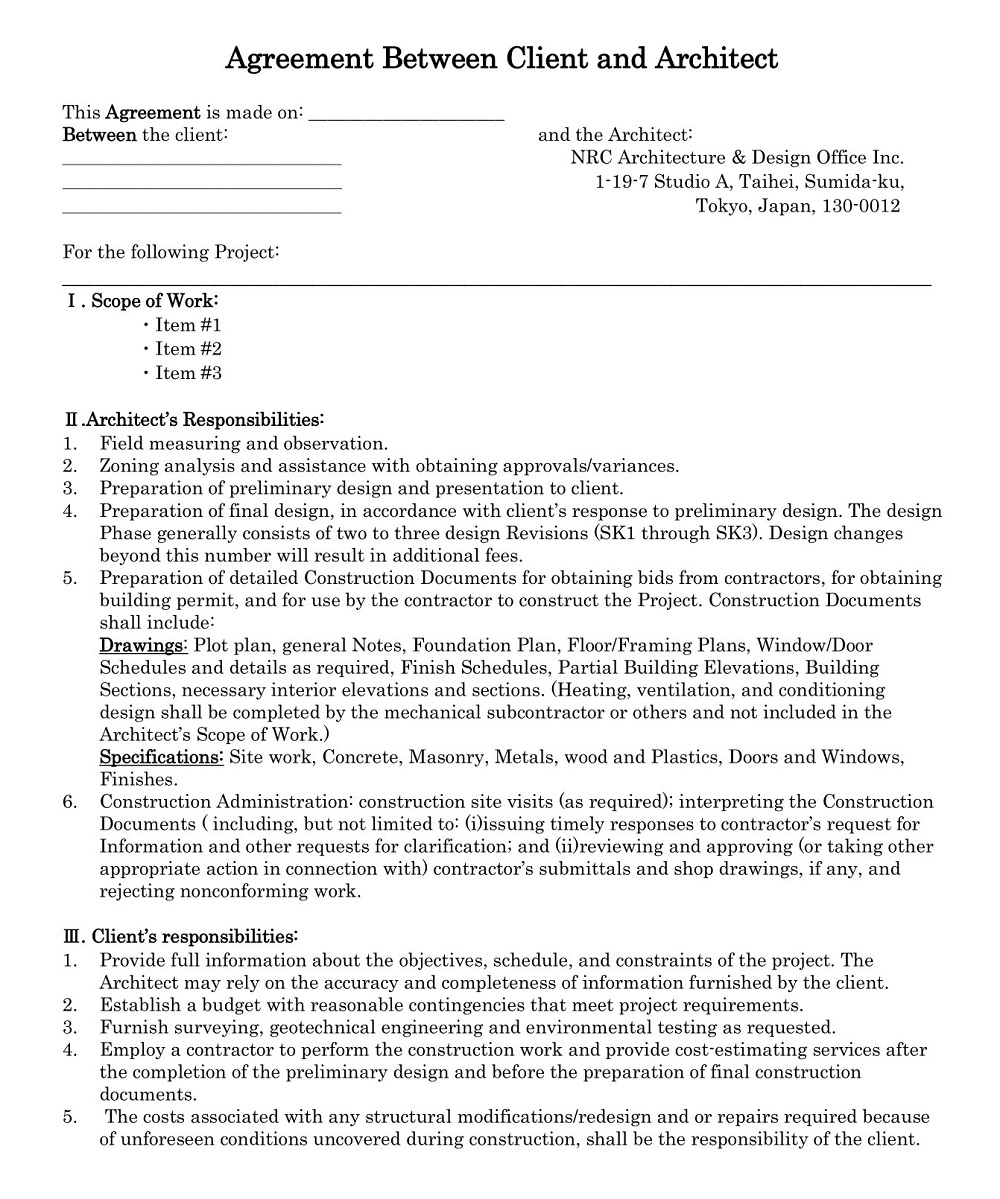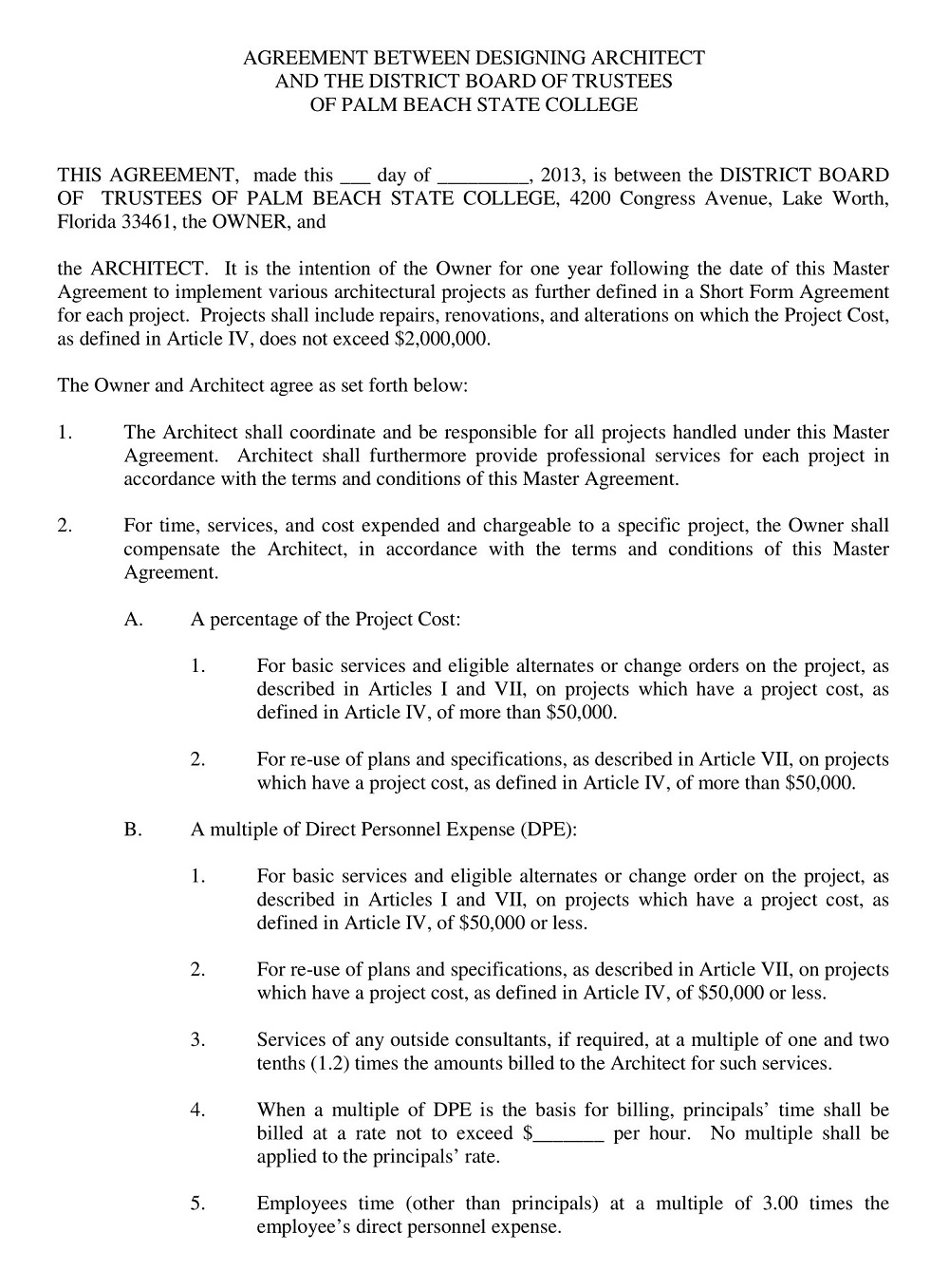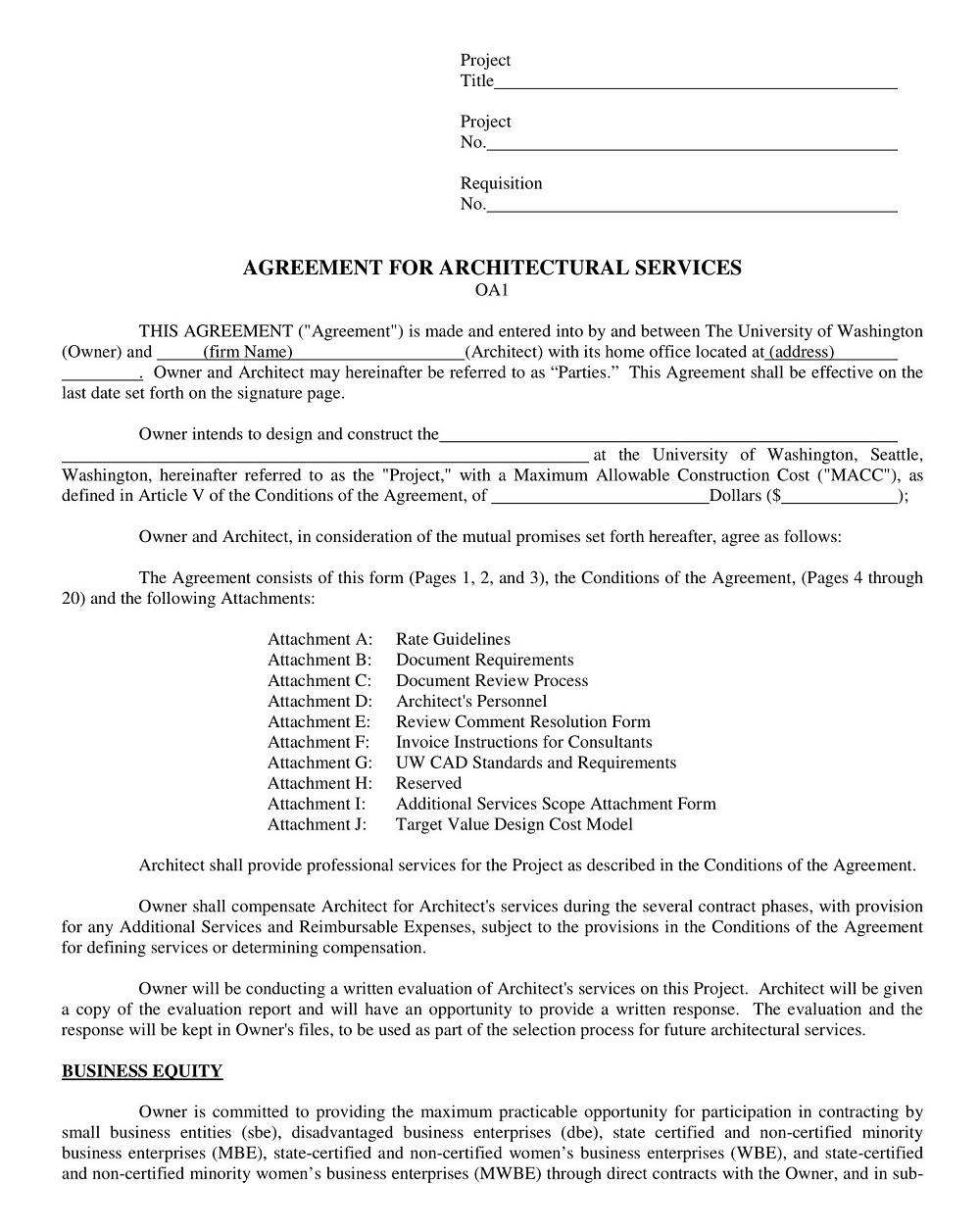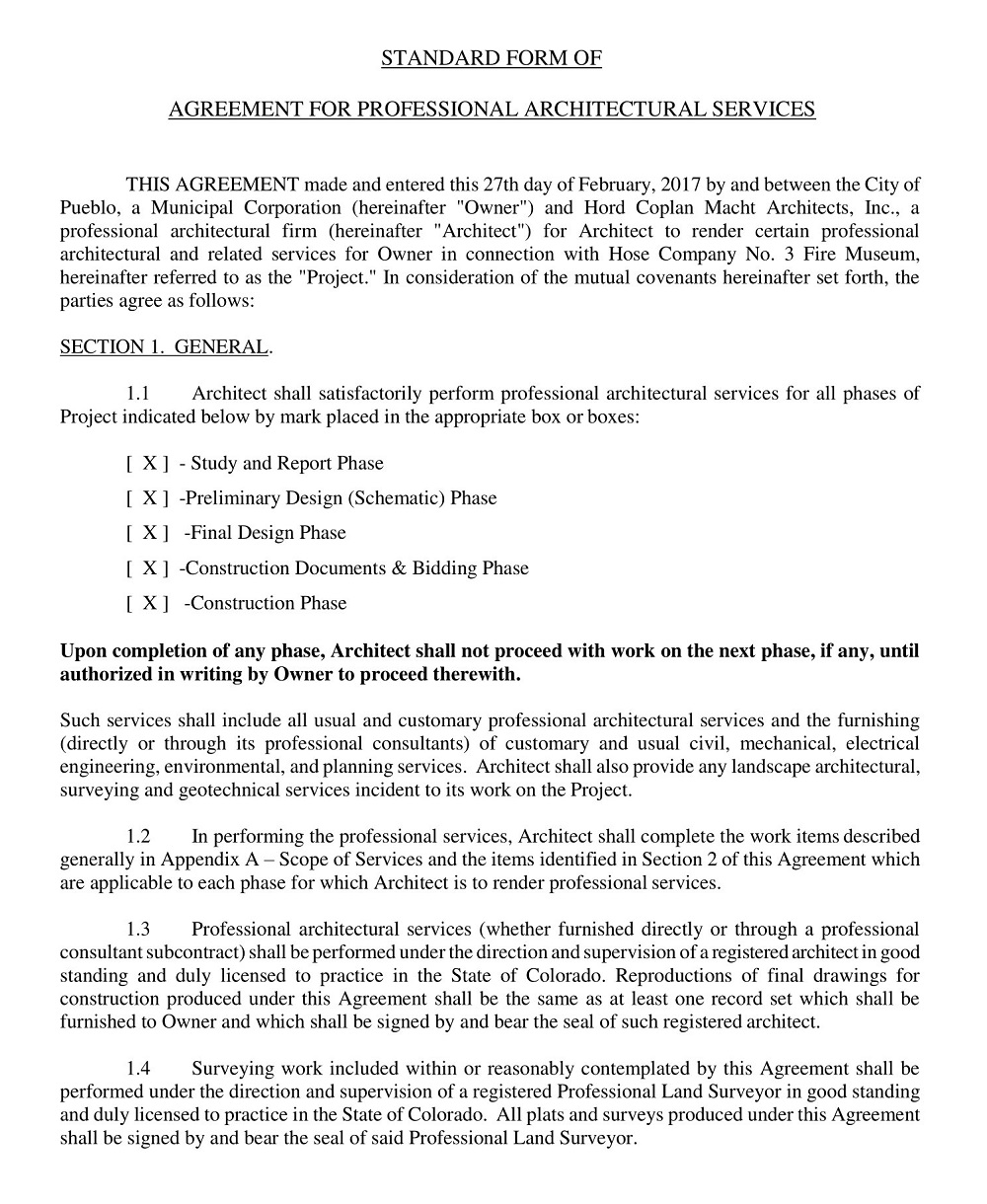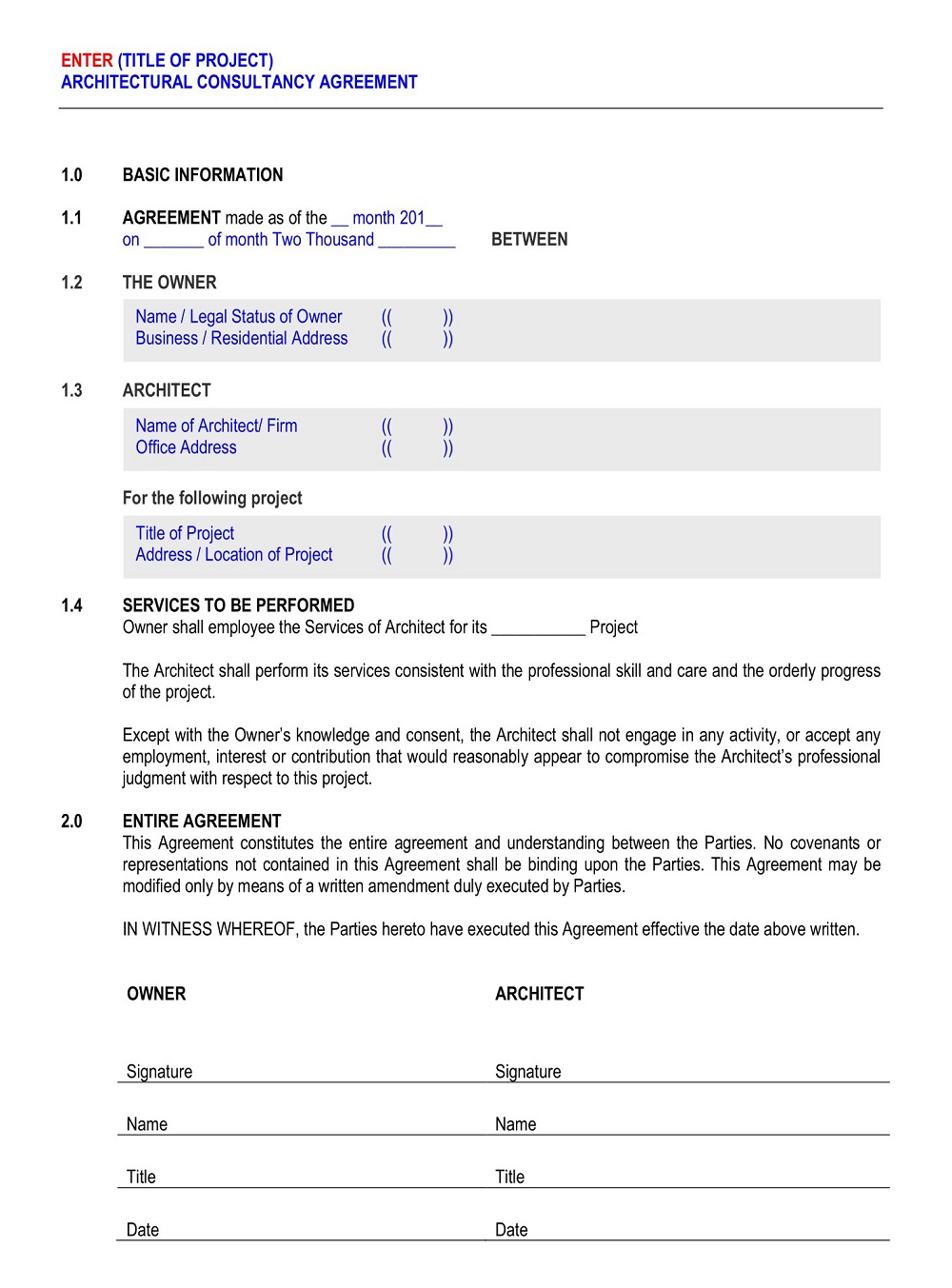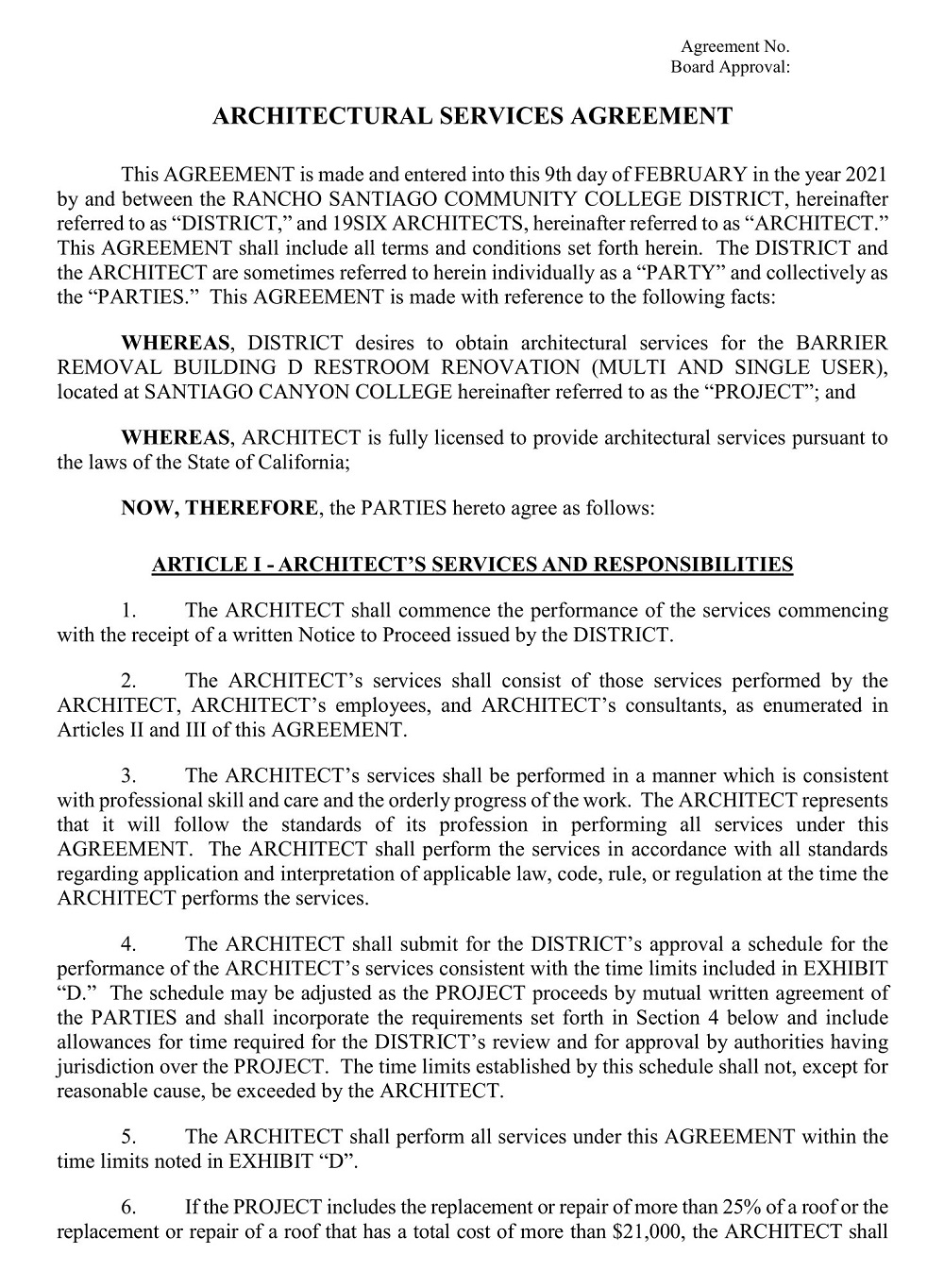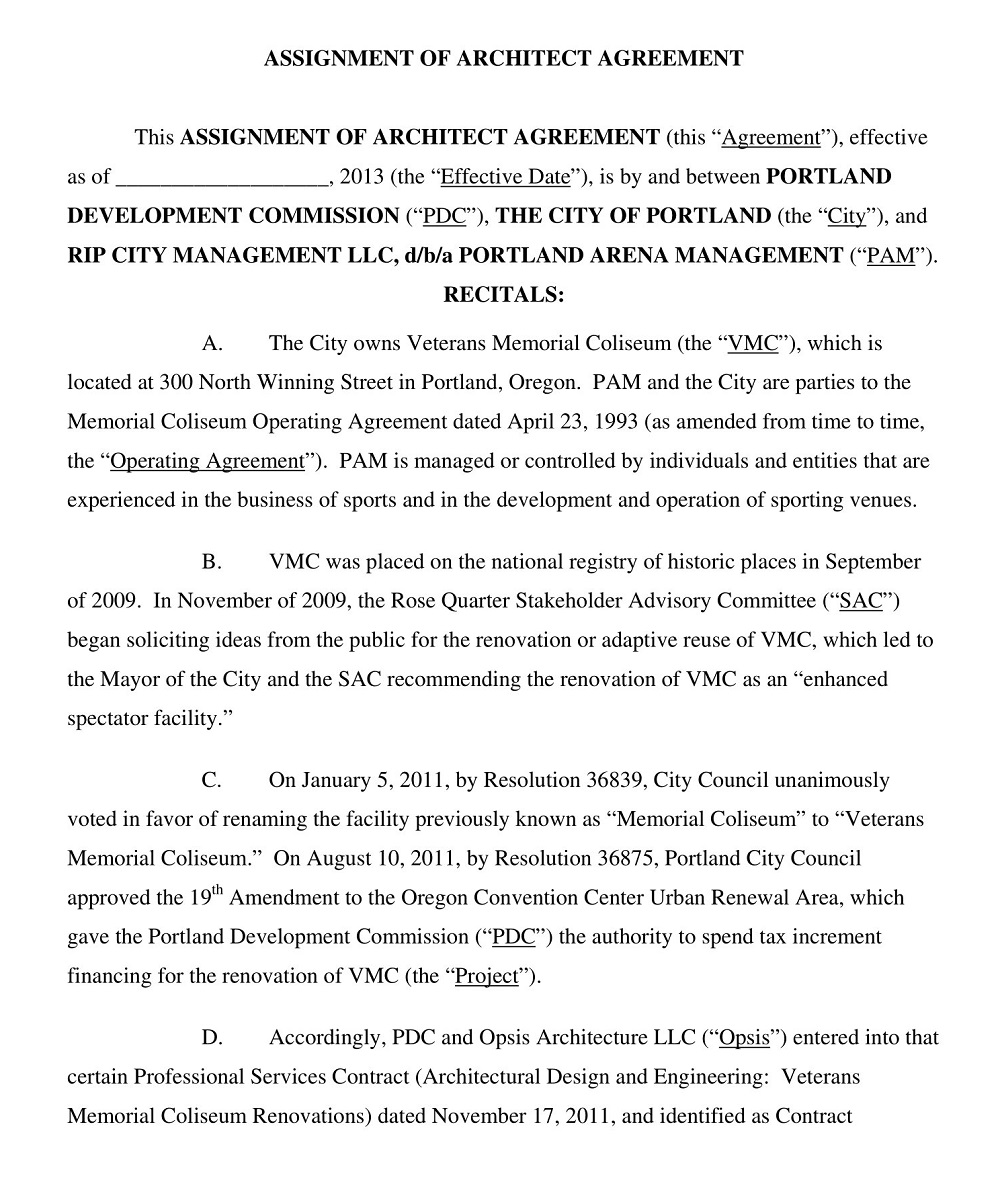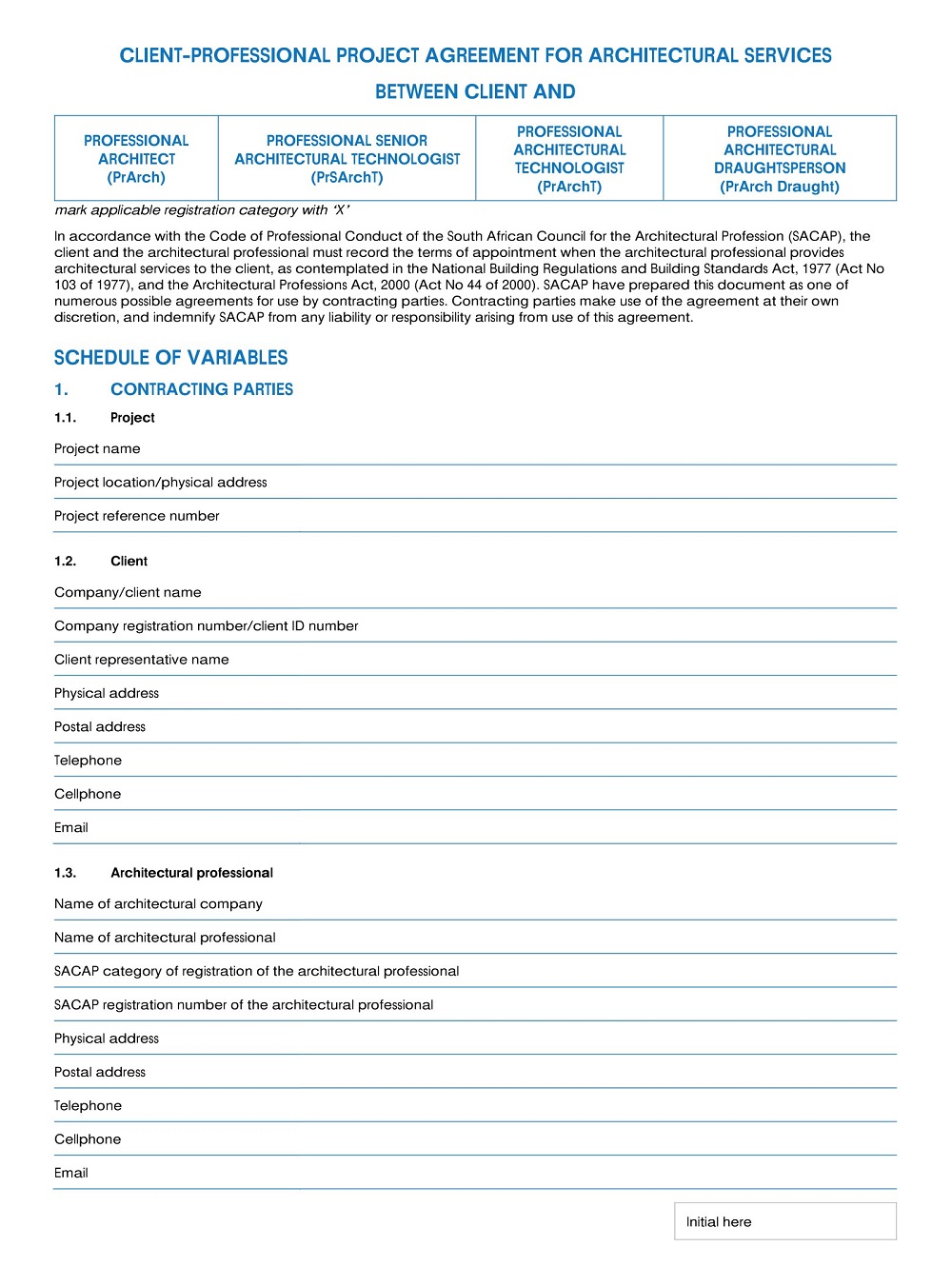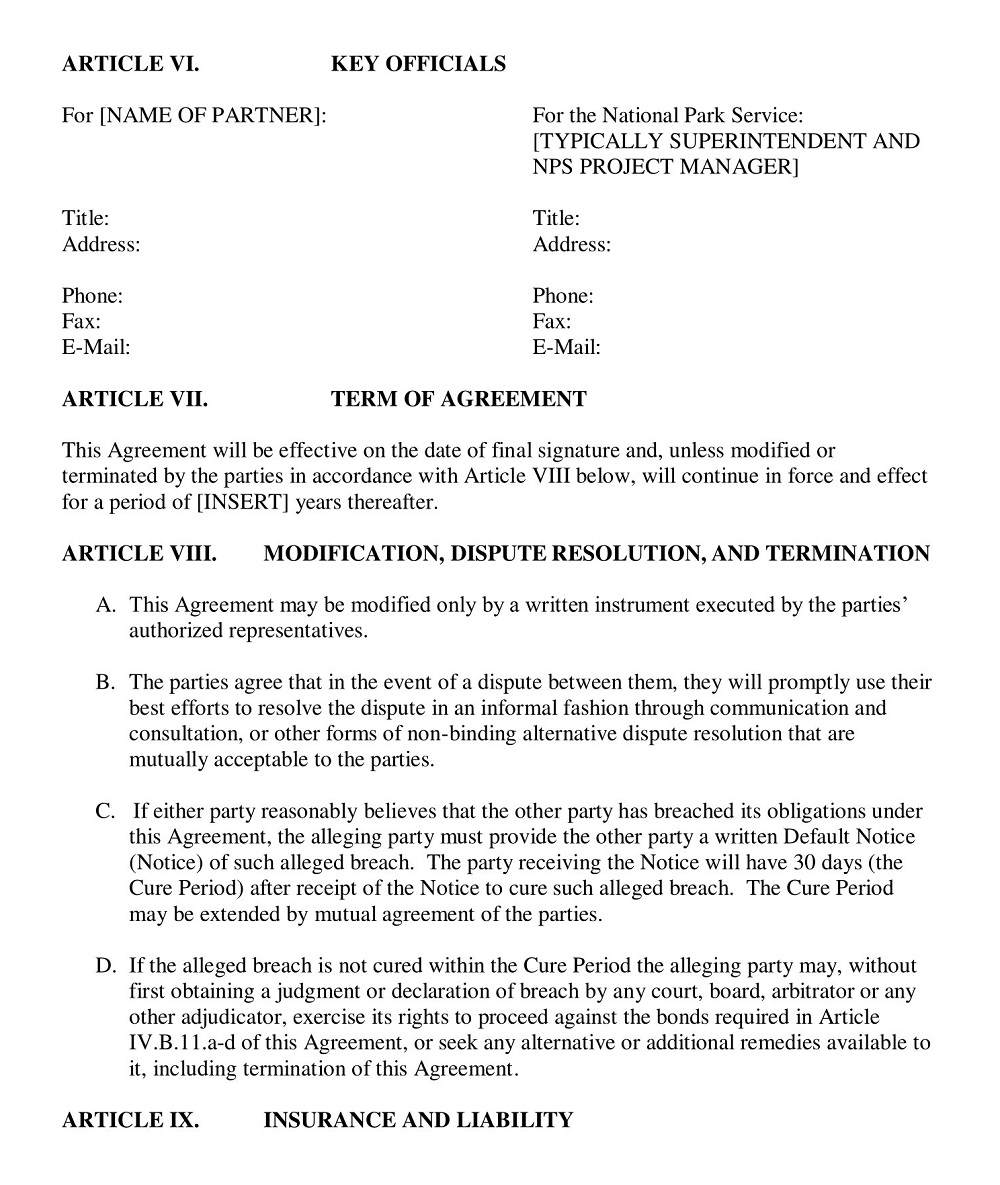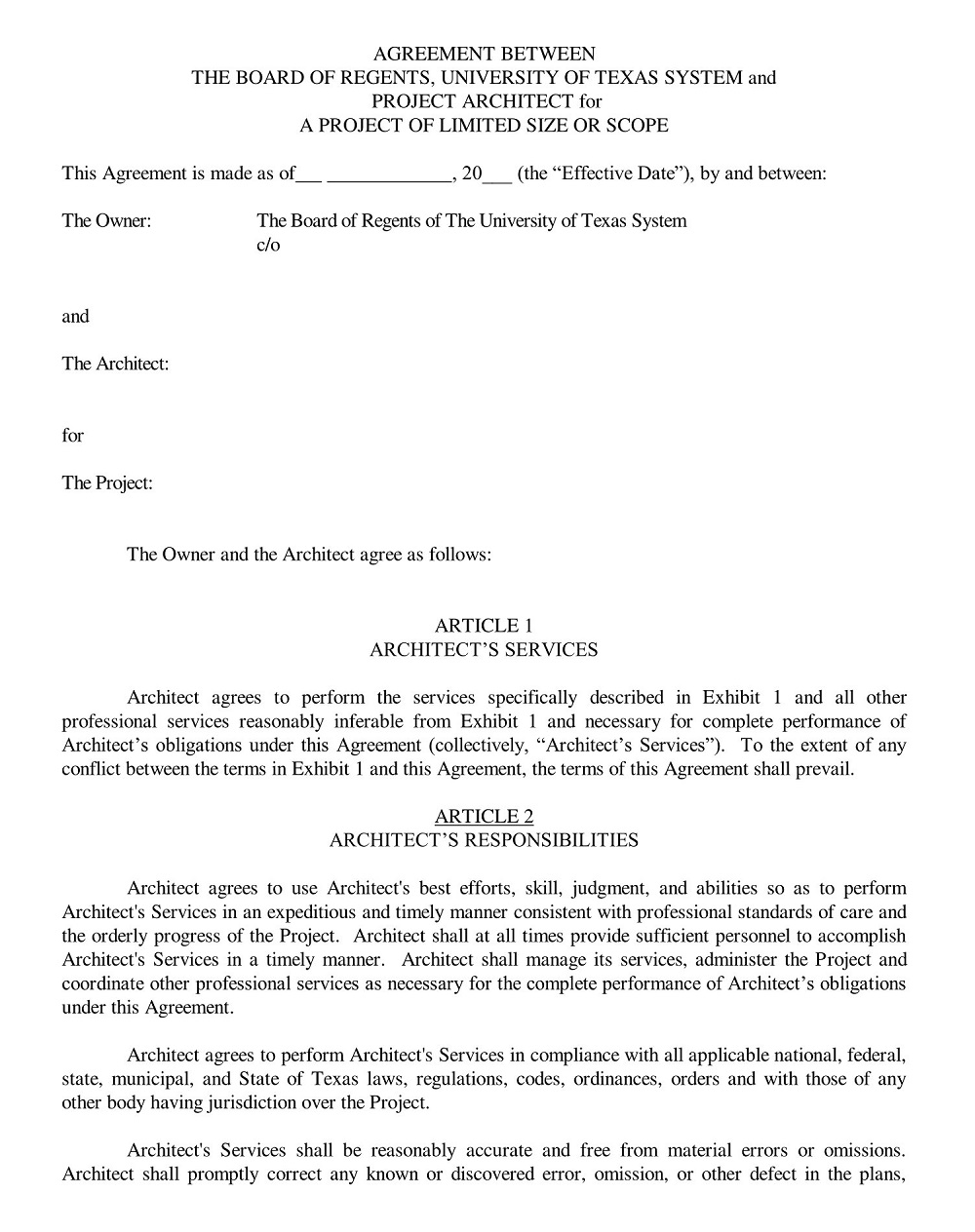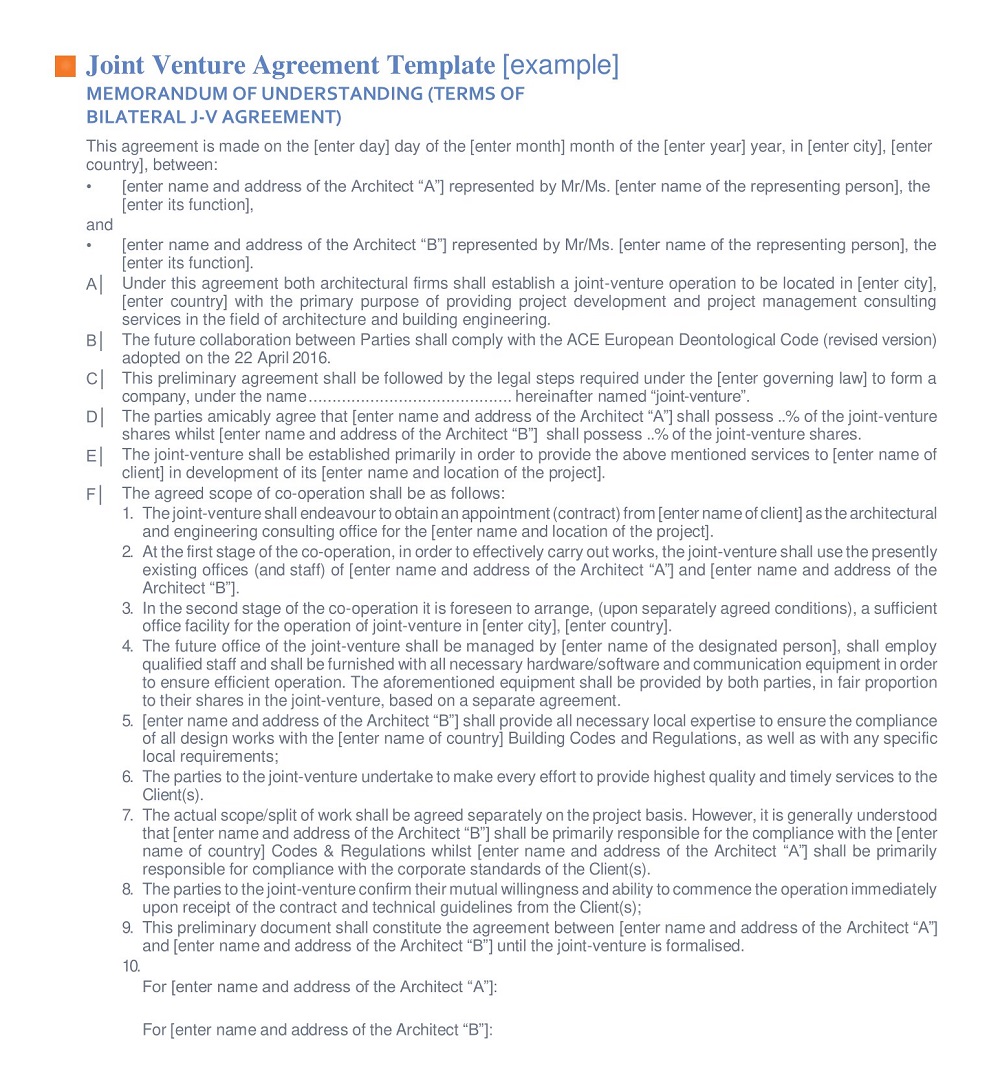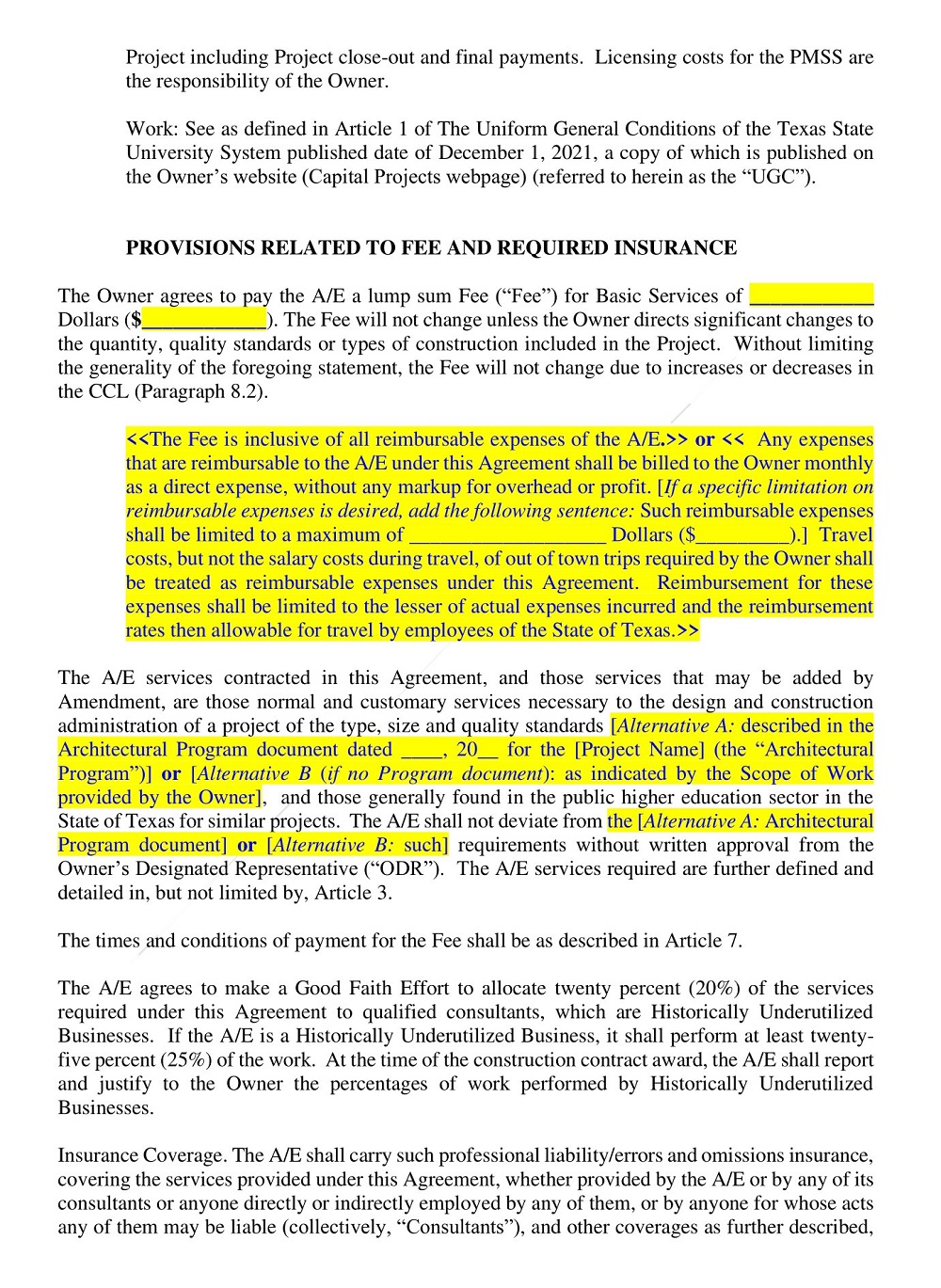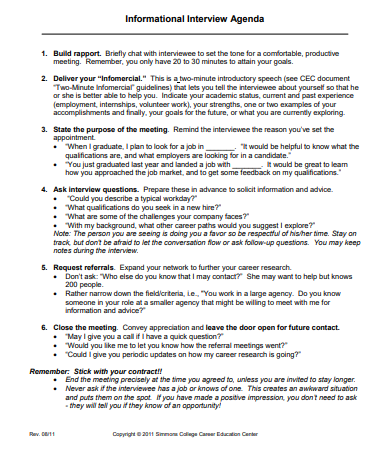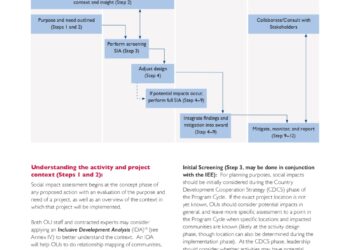Hiring an architect can be an exciting prospect, whether you’re building a brand-new home or renovating an existing space. But before you jump into the project headfirst, it’s important to ensure that both you and your architect are on the same page. That’s where an architect contract template can come in handy. By outlining the terms and expectations of the project, a contract serves as protection for both parties involved.
It helps to eliminate confusion and misunderstandings down the road, ensuring that the end result is a successful collaboration between you and your architect. So, if you’re embarking on a new architectural venture, take the time to establish a clear and comprehensive agreement with your architect using a contract template. In this article, you’ll find a collection of free Simple Architect Contract Templates and samples in PDF, Word, and Excel format to help you make your project effective.
Download Free Simple Architect Contract Templates
Agreement Between An Owner And An Architect
|
Agreement Between Builder And An Architect
|
Agreement Between Client and Architect
|
Agreement Between Designing Architect
|
Agreement For Architectural Services
|
Agreement For Professional Architectural Services
|
Architectural Consultancy Agreement
|
Architectural Services Agreement Template
|
Architectural Services Contract Template
|
Assignment of Architect Agreement
|
Client-Professional Project Agreement For Architectural
|
Design and Construction Agreement Template
|
Form of Architectural Services Agreement
|
Joint Venture Agreement Template
|
Owner And Architect Contract Form
|
Sample Architectural Agreement Form
|
What is an Architect Contract?
An architect contract is a legal agreement between an architect and a client that outlines the services the architect will provide and the compensation they will receive for those services. This contract serves as a guide for the entire project, from design to construction. It is essential to ensure that both parties have a clear understanding of their roles and responsibilities throughout the entire process. An architect is responsible for designing and planning a safe, functional, and attractive structure, and a contract provides the necessary guidelines for them to do so. A well-crafted contract can mitigate any potential issues and ensure successful project completion.
Importance of Architect Contract
When undertaking a construction project, an architect contract is most important. The contract outlines the expectations of both parties involved, covers financial matters, and establishes a timeline for completion. It also sets provisions for changes in design, additional work, and the rights and responsibilities of the architect if any issues arise in the process. The contract protects both the architect and the client and establishes a solid foundation for a successful project. It may seem like a lot of legal jargon for a creative field, but a well-written contract ensures that there are no misunderstandings between the client and the architect. Ultimately, the importance of an architect contract boils down to transparency and clarity. It gives both parties peace of mind and lays out a clear path for achieving a stunning final result.
Compensation and Payment Terms
As with any contract, compensation and payment terms for architects are crucial components. When architects are hired for a project, they must be provided with a clear and fair agreement regarding their compensation. This agreement must detail the architect’s professional fee, reimbursable expenses, and additional charges. Additionally, the payment schedule must be established, outlining when payments are due and how they will be made. Ensuring that the compensation and payment terms are well-documented and agreed upon by all parties is essential in avoiding any unnecessary disputes or misunderstandings down the line.
Project Timeline and Deliverables
As anyone in the architecture industry knows, a well-crafted contract can mean the difference between a smooth project timeline and a chaotic mess. One important aspect of any architect contract is the section that outlines the project timeline and deliverables. This piece of the contract specifies the deadlines for various stages of the project, as well as what clients can expect to receive from their architect at each milestone. It ensures that both parties are on the same page about what needs to be accomplished and when which can help keep the project on track and minimize disputes. Plus, with clear expectations laid out in the contract, clients can feel confident that they’re getting exactly what they paid for.
How to Create an Architect Contract Template
Being an architect can be a daunting task, from endless revisions to tight deadlines. But managing your project contracts shouldn’t be one of them. In fact, having an architect contract template can help streamline the process, save time, and prevent legal problems.
Identify the project scope and objectives
Before creating a contract template, you need to understand the project scope and goals. This includes determining the project location, size, budget, timeline, and what services the architects will provide. Once you’ve gathered this information, you can start outlining the terms of the contract. For example, you might include a section on the project description, deliverables, and payment terms.
Define the legal terms and conditions
To protect your interests, it’s crucial to add legal clauses to your contract. These clauses should cover things like liability, intellectual property rights, and insurance requirements. You can include them in a separate section or as footnotes, so they’re easily accessible. Additionally, you should consult with a lawyer to ensure that your contract complies with local laws and regulations.
Add contingencies and termination clauses
In the event that something unexpected happens, you need to have contingencies and termination clauses in place. This could be in the form of force majeure clauses, such as natural disasters or acts of terrorism, or termination clauses for non-payment or non-performance. Adding these clauses to your contract can give you peace of mind and help avoid potential legal battles down the road.
Review and get feedback on the contract template
Once you’ve drafted your contract, it’s important to get feedback from other architects or legal professionals. They can help identify any potential issues, conflicts, or ambiguities that need to be addressed. You can also use online tools or software to help you review and revise your contract more accurately and efficiently.
Customize your contract for each project
While having a contract template can save you time, you should customize it for each project. Not all projects are the same, and clients may have unique requirements or preferences that need to be met. By tailoring your contract to each project, you can ensure that both parties fully understand the terms and conditions of the project.
Reference Link




